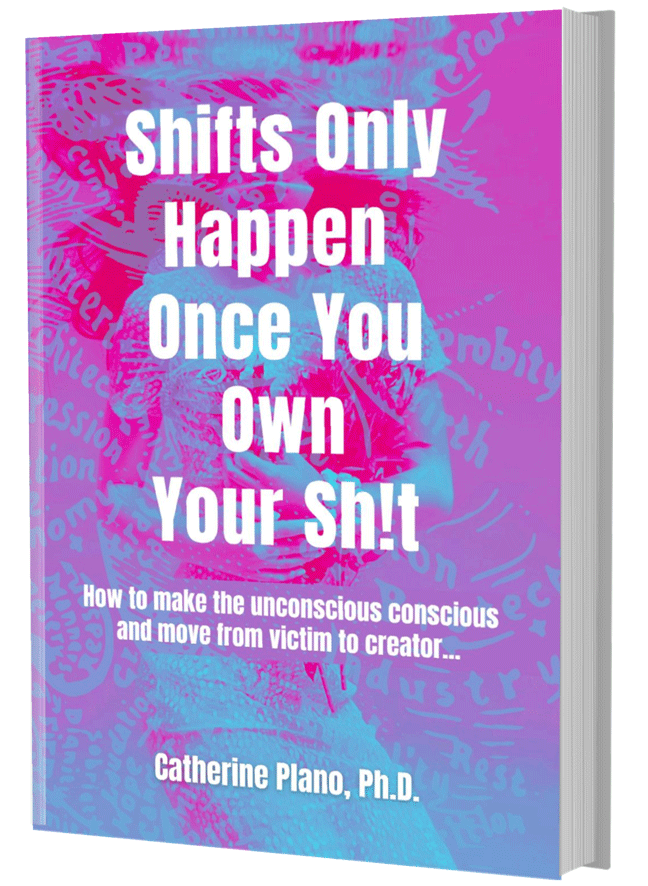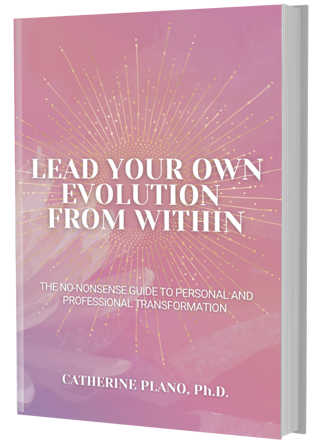How often have you heard somebody say that you can have all the right strategy in the world but if you don’t have the right ‘culture’ you might as well be dead!
So, true. Culture is a bit like a shark. Not much gets in its way.
Culture eats strategy for breakfast, operational excellence for lunch and everything else for dinner.
And … once people come to this realisation, they think they can change culture in an instant! Snap! click your finger and bam! …Culture magically appears.
Ummmm. No. When you talk about changing culture, you’re talking about changing mindsets. In some cases, you’re talking about changing entrenched ‘norms’ around behaviour and attitude. And it doesn’t just happen overnight.
Because not only do you need to figure out what needs to change, but you need to effect change and for change to be ultimately successful, everyone from the Chairman of the Board, to the front office team member, to the sales team and the admin folk need to be on board.
Living your culture …
What is culture? Is it a feeling, is it what we want to be known for? Is it the way we act and how we show up? What is it?
Basically, culture is your brand. It’s more than your logo or swanky offices, it’s your business personality! It is your identity! Brand makes your culture.
And, simply, this is why we need to find our tribe when we recruit because the ‘wrong fit’ can really damage culture. And I’m not talking about overlooking diversity where we respect that everyone is individual and different, or equality where we all have access to opportunities, or inclusion where there is a sense of belonging, a feeling respected, valued for who you are.
These are critical elements of a team. And you use them to build a tribe, and your tribe represents your brand.
You need a team of people who are different and yet, who ‘get along’, who ‘fit together’ and are able to draw on their strengths to collaborate to achieve your strategy!
At its worst, culture can be a drag on productivity but at its best, it is an emotional energiser.
Together or not at all …
You can sense or feel a good culture – when you step into an environment that has a healthy culture, you can feel it, there is a sense of elevation. But … when you step into an environment that’s dysfunctional then you know that feeling too.
Shifting culture takes time. From a neuroscience point of view, it takes 21 days to create new neural pathways in the brain, 44 days to start building those muscles and 66 days to embed the culture.
To clarify. This applies to one person. A single person does not make an organisation! And that’s why it can take months, sometimes years to really, truly, transform a company culture – and sadly, many give up along the way.
Culture is the shadow of the leader …
To change and replace culture with something entirely new and different, it isn’t just about creating new values and plastering them all over the walls with large posters. It’s about getting everyone’s emotional buy into the WHY this new culture is better than the old one. It’s about ensuring that the right attitudes and behaviours – both visible and invisible – are in place to create real change.
What people actually do matter more than what they say or believe. So, to obtain more positive influences from a cultural situation, we must start working on changing the most critical attitude and behaviour. And over time altered behaviour patterns and habits will produce better results. Culture is the way you think, act, and interact.
And of course, over time cultures are constantly, changing, renewing and slowly evolving in what people feel, think and believe is reflected and shaped by the way we do business. And this is exactly why it’s important to maintain a strong sense of leadership around what’s ‘expected’ within the culture and to take the best influences and weed out the worst, to keep the culture healthy.
Work within your current cultural position …
Believe it or not, the best way to transition into a new culture is to work with your current culture effectively. Understand the parameters and go from there. Simply trying to paint over, or rip out the cornerstones of an organisation and ‘start again’ are detrimental – not just to people, but to systems, processes, ‘business as usual’ and ultimately, the (financial) bottom line.
Figure out the pain points. Keep what’s working. Remember that a small shift in a key area has a greater impact than a list of changes. Because not everyone is up for change.
In fact, neuroscience research suggests that people act their way into believing rather than think their way into acting.
What does this mean? It means your change management strategy has to capture people’s minds and hearts. Or it won’t work effectively.
Change has to be tangible, actionable, repeatable, observable and measurable. And the number one thing that really creates that radical shift in changing culture is to ‘empower’ your people. Empowerment, collaboration and interpersonal relations all play a big part on getting everyone on board. What does that look like? Give them little projects to work on, make them feel valued during this transition. Make them a change agent of this change.
Authentic leadership is more being than doing …
Every organisation has leaders who influence and energise others without pushing their authority around like a big bad boss playing out this whole hierarchy thing of the 80’s – command and control – where it serves no purpose today. There is enough evidence now that shows us how our brain responds to someone ‘telling’ us what to do.
Change starts with our role models, our leaders who are an example of this new culture – living it and breathing it and talking about it and bringing it to life in ways that people can see and observe and use as examples in their own way.
The simple fact of the matter is that leaders need to lead the change. They need to believe in it and communicate it authentically and effectively. If team members see a disconnect between leadership and culture, they will disengage pretty quickly.
The golden rule is this: Those at the top need to be the change they want to see.





